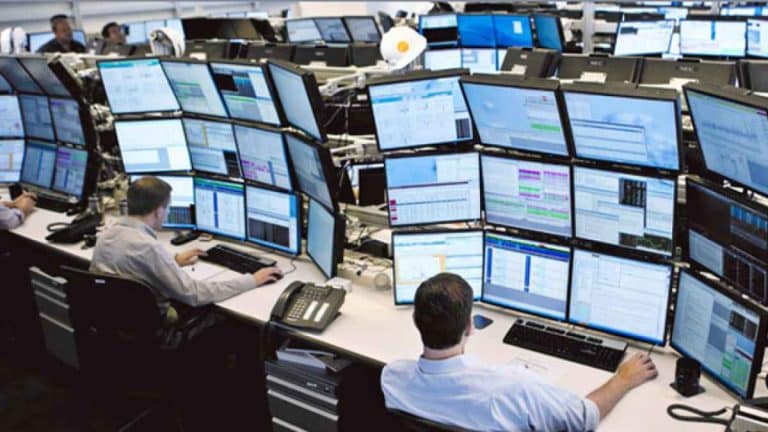A market maker is the mysterious and all-powerful character behind the curtain in a trading scene, the person that takes the other side of a trade. They are the ones that can take the losses if traders make a losing position, and they can also take the profits if trades go their way. But who are they exactly? And what do they do to earn that right to take the other side of a trade?
A futures contract is a standardized agreement that obligates the buyer to purchase or the seller to sell an item or financial instrument at a specific future date and set price. The underlying asset may be a physical commodity such as grains or metals, or it could be an investment such as stocks or currencies. The contracts are traded on a regulated exchange and are known as derivatives because they allow traders to speculate or hedge without having the actual underlying asset in hand.
When buying a futures contract, the buyer must deposit a small fraction of the total contract value with a broker. This is called margin, and it allows the broker to absorb losses that are greater than the initial investment amount. Without the use of margin, futures trading would be a very risky activity.
The reason that margin is in place is to prevent speculators from taking on risk that they cannot afford to lose, allowing the majority of traders to profit from the futures market. The concept is simple: as a group, traders are better at forming expectations about the future than an individual trader, and the group’s forecasts are more reliable. Traders who profit from the market’s forecasts have a stronger incentive to minimize errors in their estimates than do those who are unable or unwilling to profit from them.
Traders buy and sell futures market making contracts to express their views about the direction of the underlying asset’s market, as well as to speculate that a particular commodity will increase or decrease in value. In addition, investors who do not want to store a physical commodity can buy and sell futures contracts as an alternative to purchasing or selling the underlying asset.
The popularity of futures markets has grown tremendously since the 1970s, when a number of new types of financial futures were introduced (currency futures in 1972; interest rate futures in 1975 and stock index futures in 1982). The expansion of the market was driven in part by the breakdown of the Bretton Woods system that fixed international exchange rates and inflation; flexible exchange rates and inflation opened up additional risks to companies that hedged their raw materials prices by using futures contracts. The growth of financial futures also was accelerated by the emergence of computer technology, which enabled the development of sophisticated trading and market making systems.

